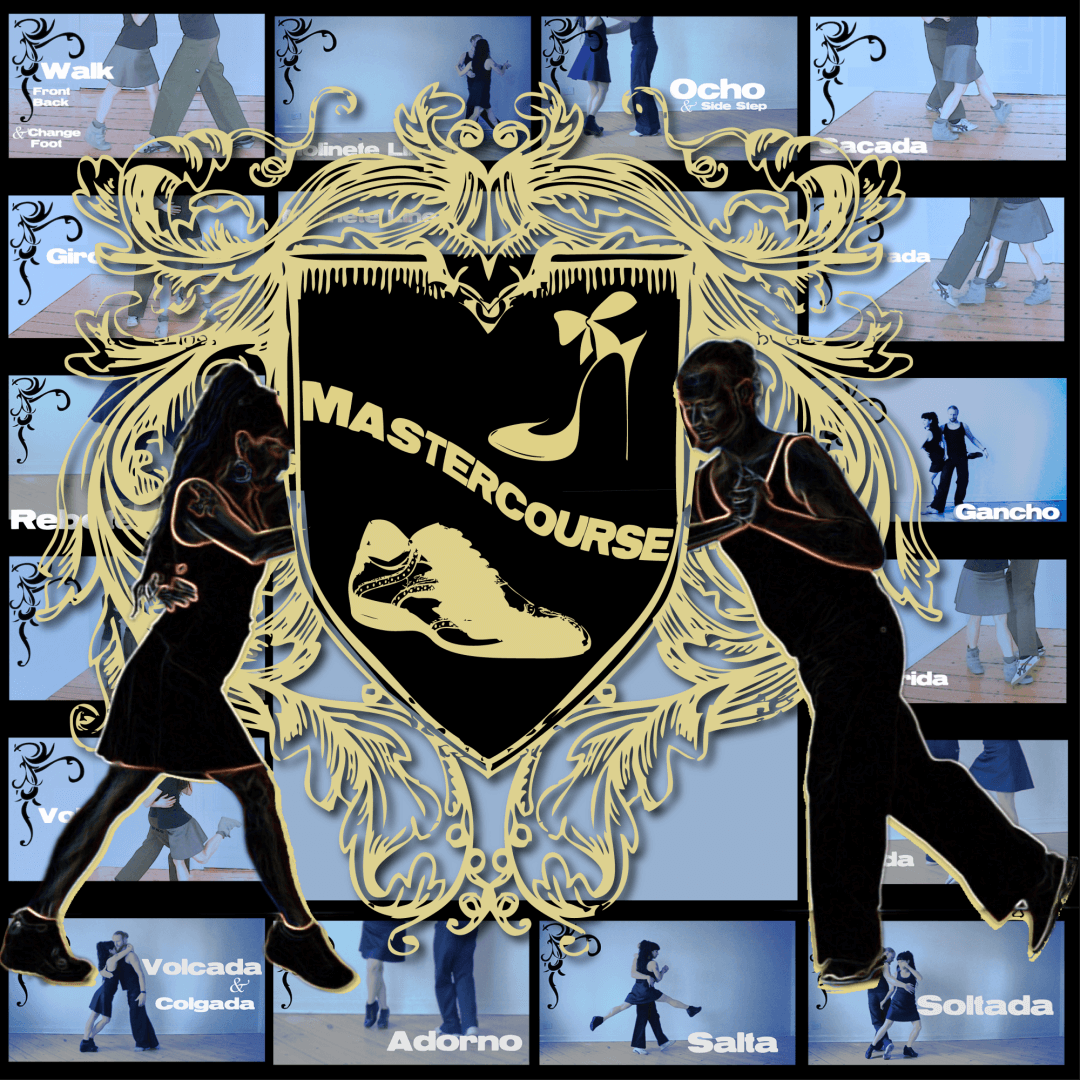Tango movement is composed of five functions
- Arch of Connection: The conduit of information and the architecture of balance, adjusting to changing force.
- Projection: The Mark’s directional intention registers as projection in the Revel’s body. The process of preparing her body in response to his intention, allows for fine control and dynamic range in the dance.
- Transfer: The process of moving the body from one base leg to the next.
- Power: We produce power with a chain of leg and abdominal muscles. This power has force and velocity.
- Changing embrace: Information is transferred at 2 (in close embrace, 3) points of contact between the partners’ bodies. Stability and change in the embrace is a control system which determines how power is delivered.
Anatomy
Because we can easily verify joint position and action, it’s an easy way to give instructions to our bodies. These instructions are executed by muscles. In many cases, simply commanding the joint is sufficient. We don’t need to intentionally command the muscles, but in a few cases we do need to develop awareness and strength in some important muscles to achieve the desired joint action. The KnowledgeBase includes exercises for the muscles.
- External rotation of hip joint: piriformis
- External rotation of shoulder joint: rotator cuff
- Pivot of body around a point: obliques
- Keep the embrace taut: triceps
- Intensify arch during projection: psoas
- Stabilize shoulder flexion: supraspinatus (for lateral movement), deltoids (for movement toward and away from the mark)
Improvisation
To improvise tango with perfect technique we need to learn how the five functions constitute each of the 25 movements in the tango lexicon.
Then we need to know how to find the variations of each movements, which are described in the KnowledgeBase entries.
Finally, we learn to adjust power to create different dynamics. As we work with different combinations of movements, we can create dramatically different shapes and sensations by modifying the dynamics.










